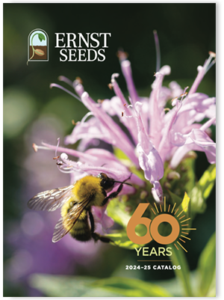Why Native Vegetation Is the Secret Weapon of Smart Solar Projects
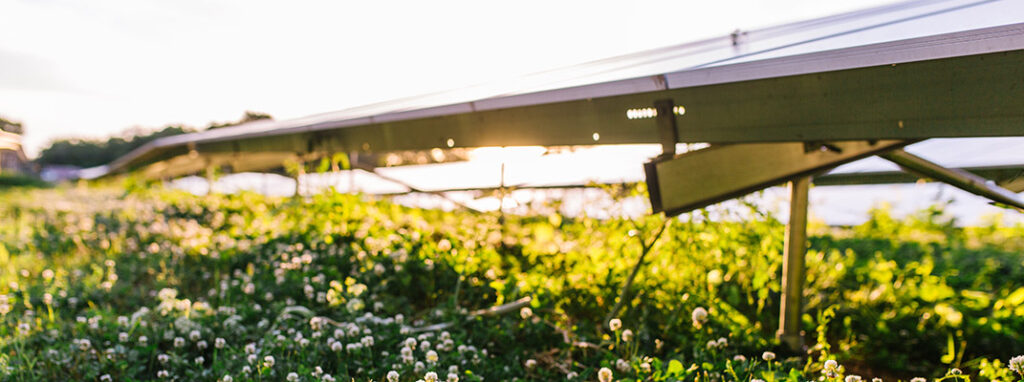
Solar farms are spreading fast across the United States, but what’s happening underneath the panels is just as important as the energy they produce. As millions of acres are converted to solar use, developers and landowners face a critical question: What should we plant on all that land? The answer could shape not just your […]
6 Important Food Sources for Native Birds During Cold Winter Months
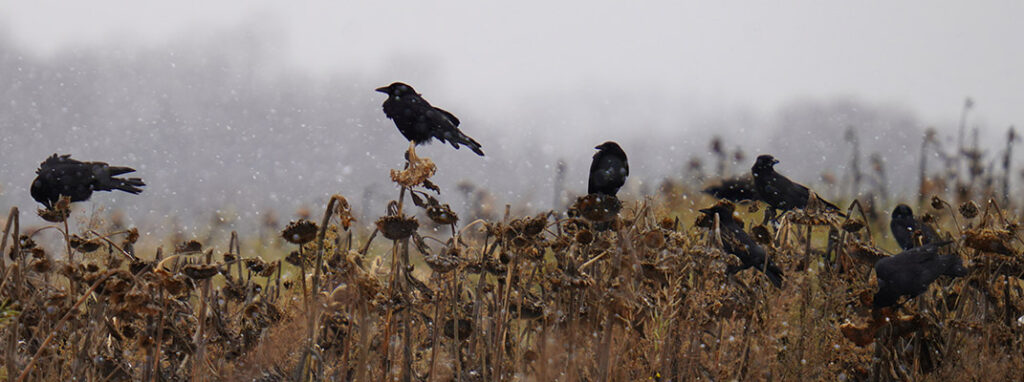
Winter presents serious challenges for native birds. As temperatures drop and snow covers the landscape, many of their natural food sources, like seeds, fruits, and insects, become scarce or inaccessible. For species that don’t migrate, the cold season can lead to energy deficits, weight loss, and higher mortality rates. If you’re interested in helping, this […]
Bumblebee Conservation 101
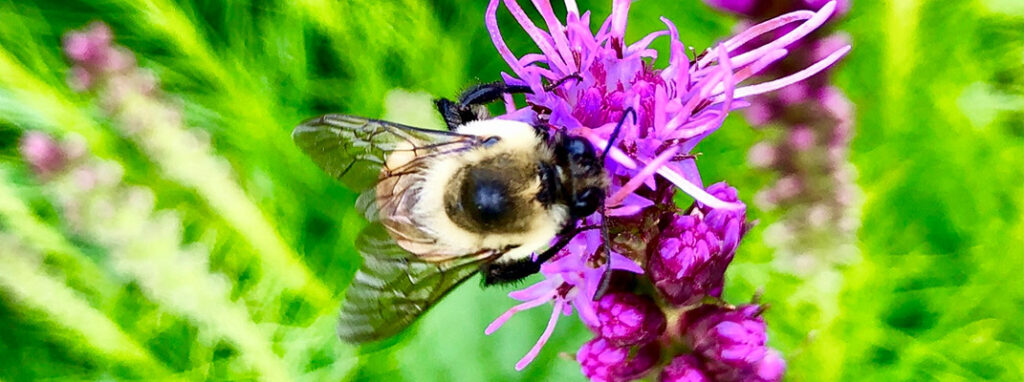
Bumblebees are more than just adorable garden visitors. Underneath the cute and fuzzy exterior lies an essential pollinator that helps sustain ecosystems, support food production, and maintain plant diversity. Yet across the Northeast and beyond, their numbers are falling fast. For landowners, growers, and conservation-minded citizens, understanding this crisis is the first step toward reversing […]
ERNST Awarded 2025 PLNA Hall of Fame Award
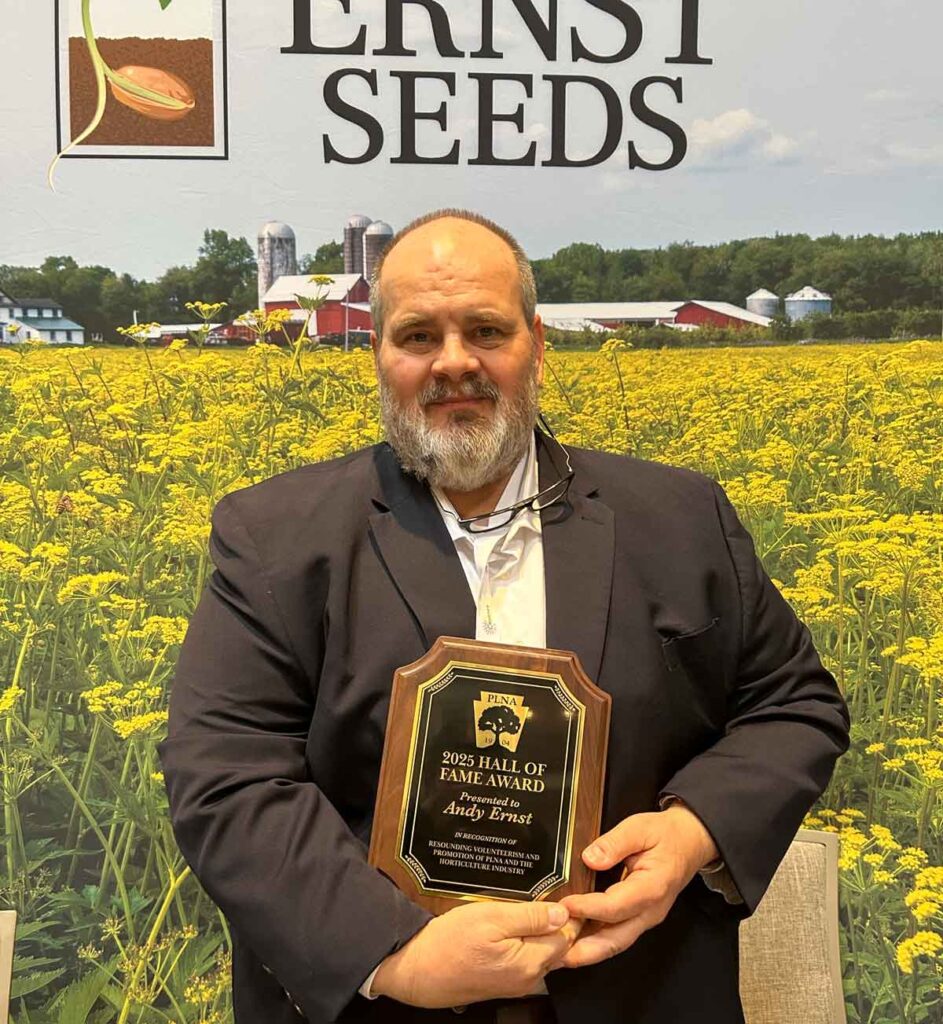
We’re proud to share some exciting news: Andy Ernst, Vice President of Ernst Conservation Seeds, has been named the 2025 Hall of Fame Award recipient by the Pennsylvania Landscape & Nursery Association (PLNA). The Hall of Fame Award is among the highest honors in Pennsylvania’s horticulture community. It recognizes individuals whose contributions have strengthened the […]
Creating Low-Impact, Pollinator-Friendly Solar Energy Sites with Native Seeds
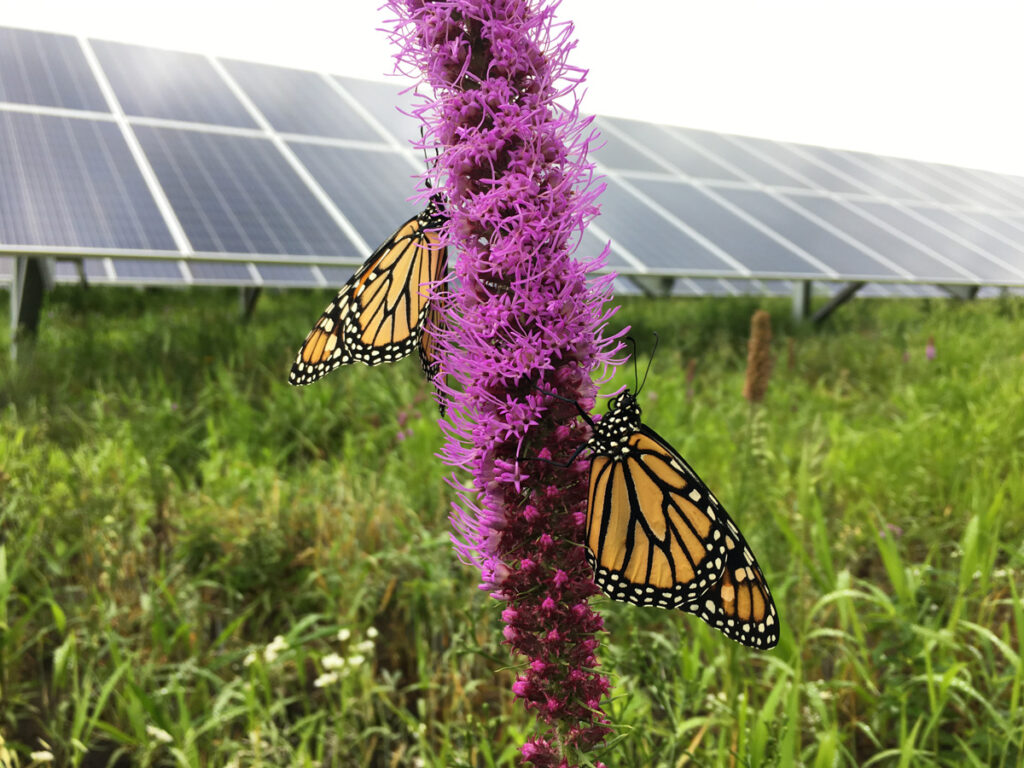
Solar farms are expanding rapidly, with an estimated 6 million acres projected for solar energy production by 2050. However, conventional solar sites covered in gravel or turf offer little ecological value, increasing maintenance costs, soil degradation, and heat reflection. These barren landscapes contribute to stormwater runoff, pollinator habitat loss, and localized temperature spikes that can […]
The Importance of Native Plants: How They Support Local Wildlife
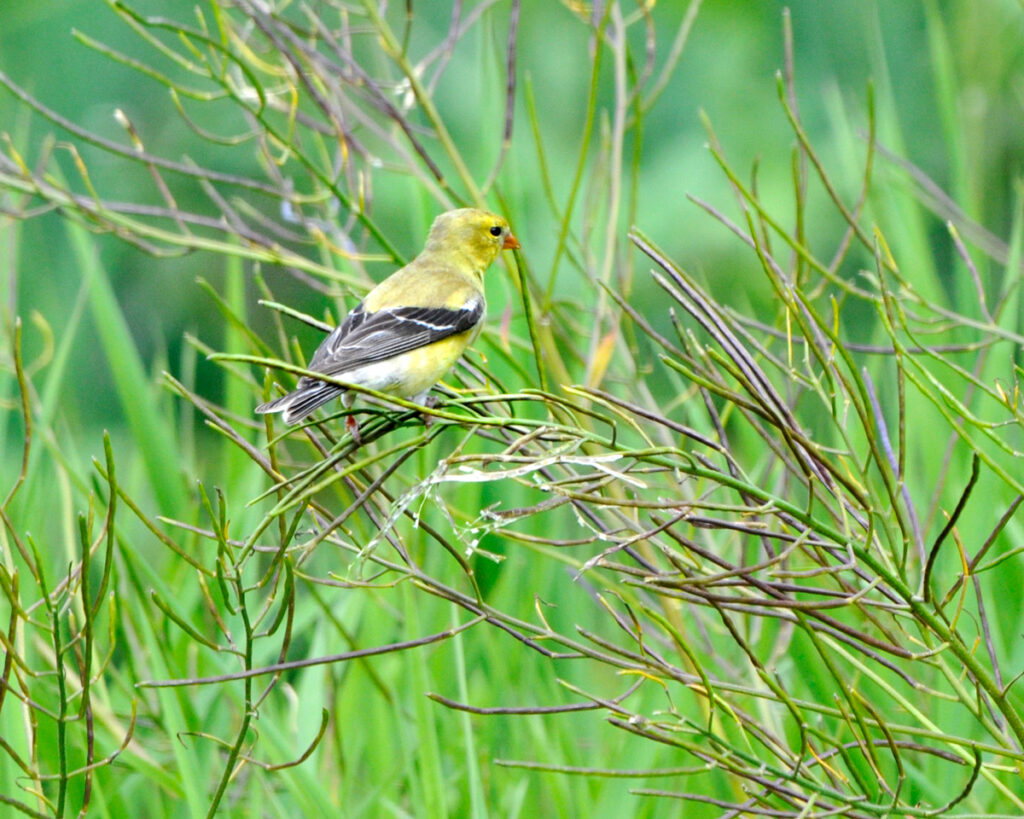
Without native plants, entire ecosystems begin to unravel. Pollinators struggle to find food, birds lose nesting habitats, and biodiversity declines. Wherever development and invasive species threaten native landscapes, prioritizing local plant species is one of the most effective ways to support wildlife and maintain ecological stability. In this guide, we’ll examine the subtle relationships between […]
How Sunflower Pollen Reduces Parasites in Bumblebees

Bumblebees are essential pollinators, but their populations are declining due to habitat loss, pesticides, climate change, and parasites. Among these threats is the gut parasite Crithidia bombi. This parasite can weaken bumblebee immune systems, reduce foraging efficiency, and even threaten colony survival. Recent research highlights sunflower pollen as a natural defense against C. bombi. Unlike […]
Preparing Native Plantings During the Dormant Season
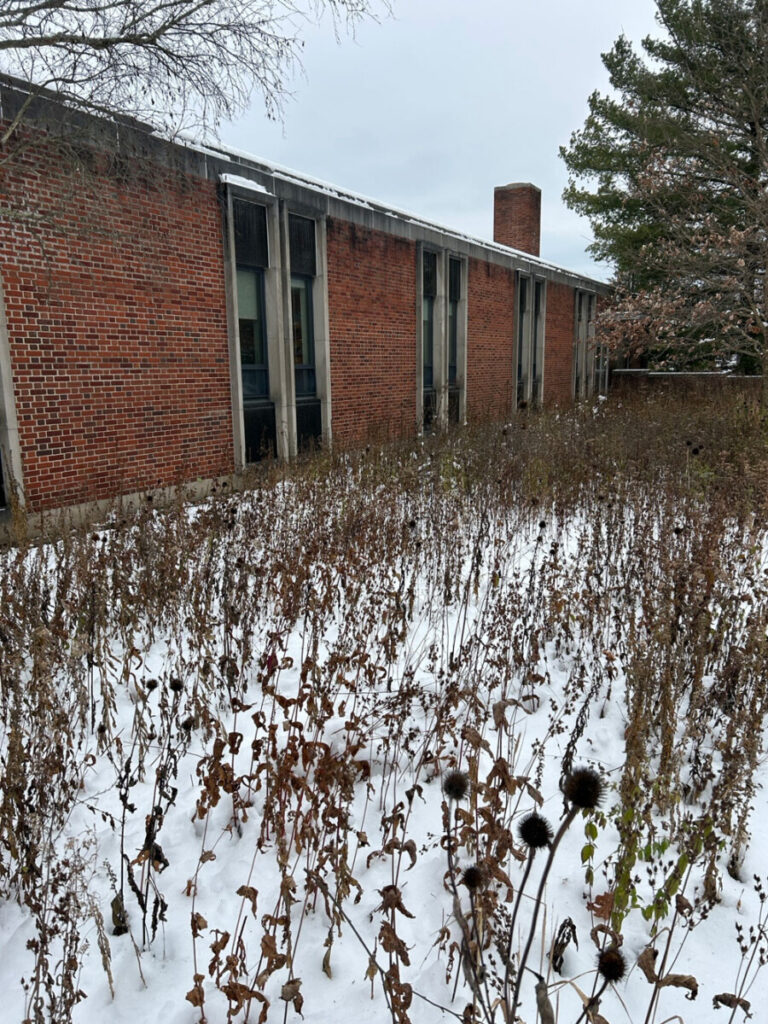
The dormant season, spanning from late fall through early spring, is a rest period for most plants in the northeastern United States. While growth slows or ceases, this time presents key opportunities for landscape architects, conservationists, and native plant enthusiasts to prepare for the next growing season. Contrary to the perception that winter is a […]
Everything You Need to Know Brush Layering
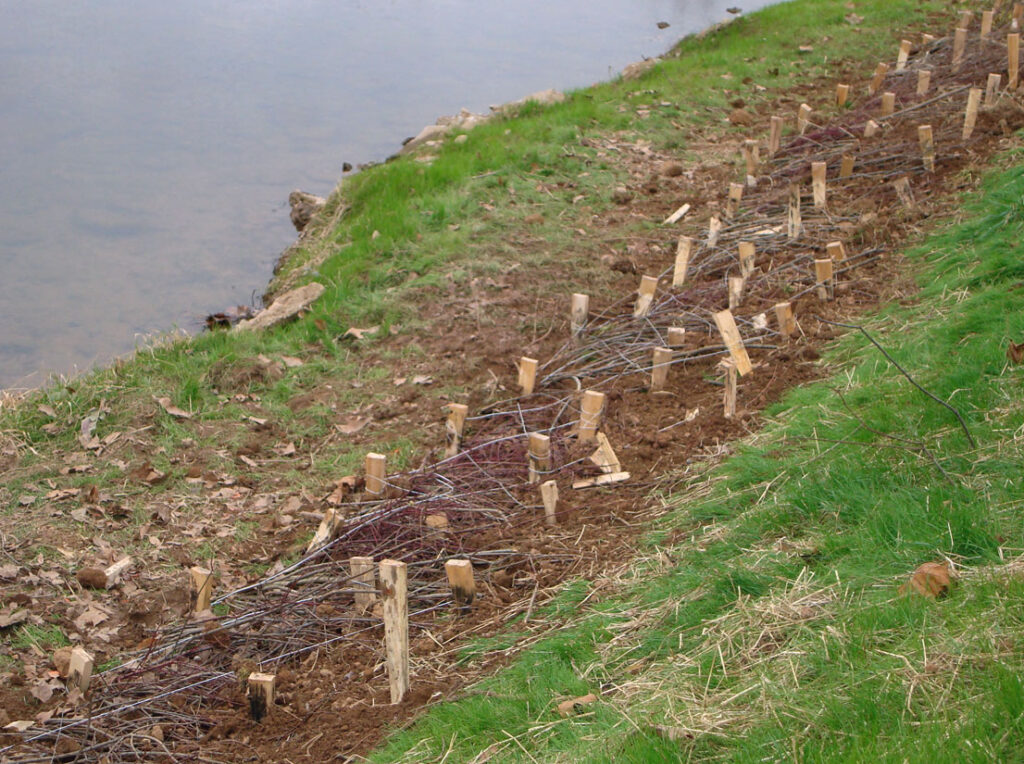
Soil erosion is a significant challenge in conservation, particularly in areas where steep slopes, streambanks, or disturbed lands are exposed to wind and water. Left unchecked, erosion can degrade ecosystems, disrupt waterways, and threaten native plant and animal species. One effective method for stabilizing these vulnerable landscapes is brush layering, a natural erosion control technique […]
Bioengineering Techniques for Erosion Control
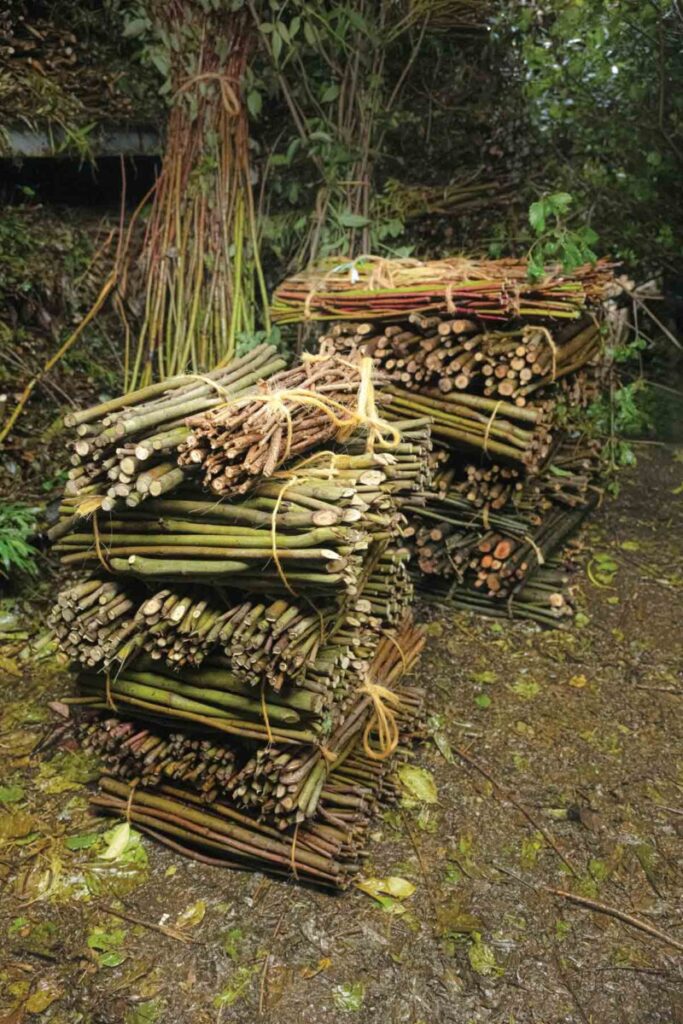
Erosion control is the practice of stabilizing soil. It’s critical for preserving biodiversity, water quality, and overall soil health in your meadow or landscape. There are many ways to achieve erosion control. Some methods involved hard engineering using large equipment, concrete, artificial barriers, and expensive tools. However, bioengineering techniques for erosion control can be just […]

